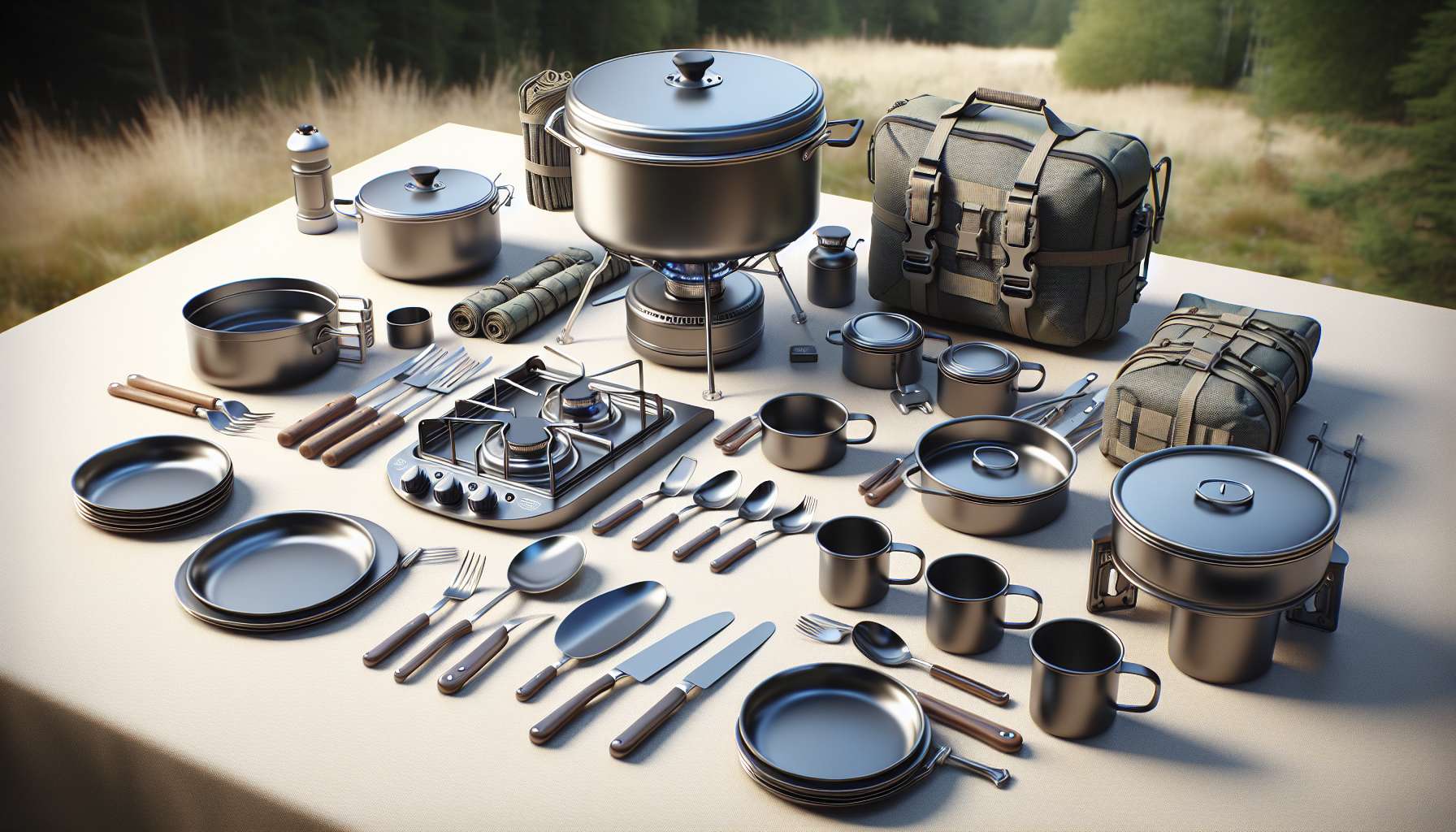The Ultimate Guide to Belay Devices: A Comprehensive Overview
When it comes to rock climbing and mountaineering, safety is paramount. One of the essential tools for ensuring safety in these adventure sports is the belay device. Belay devices play a crucial role in controlling the rope during climbing, providing a reliable means of support and protection for both the climber and the belayer. In this comprehensive guide, we will delve deep into the world of belay devices, exploring their history, mechanics, types, and significance in the realm of climbing.
The Evolution of Belay Devices: From Primitive Tools to Modern Innovations
Belays have been used in various forms for centuries, with early climbers relying on simple techniques like wrapping the rope around their bodies or using improvised friction knots to arrest falls. However, the modern belay device as we know it today has come a long way from these primitive methods. The first mechanical belay devices were developed in the 19th century, providing climbers with more efficient and safe ways to manage ropes.
One of the pioneering belay devices was the Figure-8 descender, invented by Italian climber Bruno Dressler in the 1950s. This device featured a distinctive eight-shaped design that allowed for smooth rappelling and controlled lowering of climbers. The Figure-8 descender revolutionized the world of climbing, setting the stage for further advancements in belay technology.
Over the years, advancements in materials and engineering have led to the development of a wide range of belay devices, each designed to cater to specific climbing scenarios and preferences. From friction-assisted devices like the ATC (Air Traffic Controller) to auto-locking devices such as the Grigri, climbers now have a plethora of options to choose from based on their needs and skill levels.
The Mechanics of Belay Devices: How They Work
At its core, a belay device functions as a friction brake, applying resistance to the rope to control the descent or arrest the fall of a climber. The device is attached to the climber’s harness and the belayer’s harness, creating a secure connection that allows for controlled movement along the rope. By manipulating the position of the rope within the device, the belayer can regulate the speed of descent or stop the climber in case of a fall.
Most belay devices operate on the principle of friction, utilizing the surface area and design of the device to create resistance against the rope. As the rope passes through the device, friction is generated, slowing down the movement of the rope and providing the necessary control for safe climbing. Some devices also incorporate additional features like assisted braking systems or auto-locking mechanisms to enhance safety and ease of use.
It’s important for climbers to understand the mechanics of their chosen belay device and practice proper technique to ensure optimal performance and safety. By mastering the art of belaying, climbers can mitigate risks and enjoy their climbing experience to the fullest.
Types of Belay Devices: A Diverse Range to Suit Every Climber’s Needs
There are several types of belay devices available on the market, each offering unique features and advantages for different climbing scenarios. Some of the most common types of belay devices include:
1. Tubular Belay Devices
Tubular belay devices, like the Black Diamond ATC, are among the most popular choices for climbers due to their simplicity and versatility. These devices feature a tubular design that allows for smooth rope handling and control, making them ideal for a wide range of climbing styles.

2. Assisted Braking Devices
Assisted braking devices, such as the Petzl GriGri, incorporate mechanisms that help to arrest falls and provide additional safety during belaying. These devices are particularly useful for beginners or climbers who may need extra assistance in controlling the rope.

3. Auto-Locking Devices
Auto-locking belay devices, like the Trango Cinch, feature mechanisms that automatically lock the rope in place in the event of a fall. This added security makes them a popular choice for lead climbers and those looking for maximum safety during climbing.

4. Figure-8 Descenders
Figure-8 descenders, inspired by the original design created by Bruno Dressler, are still widely used in climbing for rappelling and lowering. Their simple yet effective design makes them a reliable choice for many climbers.

The Significance of Belay Devices in Climbing: Safety, Efficiency, and Confidence
Belay devices are essential tools in climbing, providing climbers and belayers with the means to safely navigate challenging terrain and overcome obstacles. By using a belay device, climbers can enjoy enhanced safety, improved efficiency, and increased confidence in their abilities, allowing them to push their limits and explore new heights in the world of climbing.
One of the key benefits of belay devices is their ability to mitigate risks during climbing. By providing a reliable means of controlling the rope and arresting falls, belay devices play a crucial role in preventing accidents and ensuring the safety of climbers. Whether climbing in a gym or tackling a multi-pitch route, having the right belay device can make all the difference in a climber’s experience.
Additionally, belay devices enhance the efficiency of climbing operations, allowing for smoother rope management and quicker transitions between belaying and climbing. With the right belay device, climbers can focus on their technique and movement, knowing that their safety is in good hands.
Furthermore, belay devices instill confidence in climbers, empowering them to take on new challenges and push their boundaries. Knowing that they have a reliable safety net in place gives climbers the freedom to explore their full potential and strive for greater achievements in the sport.
Expert Opinions: Insights from Climbing Professionals
To gain further insights into the world of belay devices, we reached out to climbing professionals for their expert opinions on the topic. Here’s what they had to say:
“Belay devices are indispensable tools for climbers, providing a crucial layer of safety and control during our adventures. As a professional climber, I rely on my belay device to keep me secure and focused on the climb ahead.” – Sarah Thompson, Pro Climber
“The evolution of belay devices has been truly remarkable, with new innovations constantly raising the bar for safety and performance in climbing. Whether I’m tackling a challenging route or teaching a beginner, having the right belay device makes all the difference.” – Alex Rodriguez, Climbing Instructor
Common Misconceptions About Belay Devices
Despite their importance in climbing, belay devices are often subject to misconceptions and myths that can hinder climbers’ understanding of their functionality. Here are some common misconceptions about belay devices:
1. Belay devices are foolproof and can prevent all accidents.
While belay devices are designed to enhance safety and control, they are not foolproof and cannot prevent all accidents. Climbers must still exercise caution and adhere to proper belaying techniques to minimize risks during climbing.
2. All belay devices work the same way.
Not all belay devices operate on the same principles or provide the same level of safety. It’s important for climbers to choose a belay device that suits their climbing style and skill level to ensure optimal performance and protection.
Comparative Analysis: Choosing the Right Belay Device for Your Needs
When it comes to selecting a belay device, climbers are faced with a myriad of options, each offering unique features and advantages. To help you make an informed decision, here’s a comparative analysis of some popular belay devices:
Black Diamond ATC vs. Petzl GriGri
The Black Diamond ATC is a classic tubular belay device known for its simplicity and reliability. It is a popular choice among climbers for its versatility and ease of use. On the other hand, the Petzl GriGri is an assisted braking device that provides added safety features for beginners and advanced climbers alike.
While the ATC offers a more traditional belaying experience, the GriGri incorporates advanced technology to assist in braking and lowering. Choosing between the two depends on your climbing style, skill level, and personal preferences.
FAQs About Belay Devices
Here are some frequently asked questions about belay devices:
1. How do I choose the right belay device for my needs?
When selecting a belay device, consider factors such as your climbing style, skill level, and personal preferences. Choose a device that offers the features and functionality that align with your specific requirements.
2. What is the best way to care for and maintain my belay device?
To ensure the longevity and performance of your belay device, regularly inspect it for signs of wear and tear, clean it as needed, and store it in a cool, dry place away from direct sunlight. Follow the manufacturer’s guidelines for care and maintenance to keep your device in top condition.
In conclusion, belay devices are indispensable tools in climbing, providing a vital layer of safety, control, and confidence for climbers and belayers alike. By understanding the mechanics, types, and significance of belay devices, climbers can make informed decisions and enhance their climbing experience. Whether you’re a seasoned pro or a beginner, having the right belay device can make all the difference in your climbing adventures. So, next time you gear up for a climb, remember the importance of your trusty belay device in keeping you safe and secure on the rock face.




